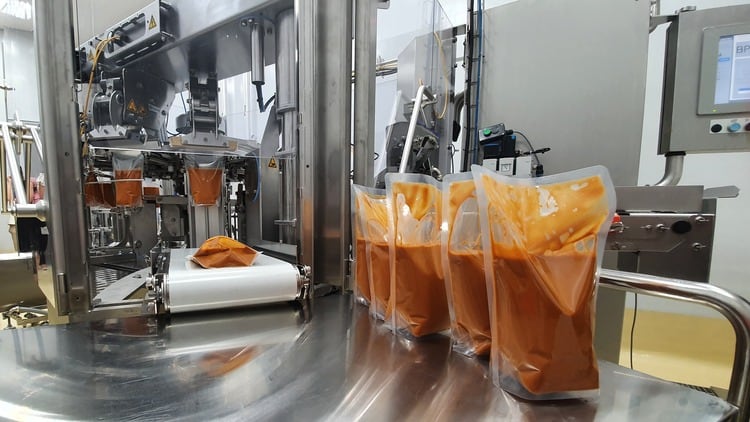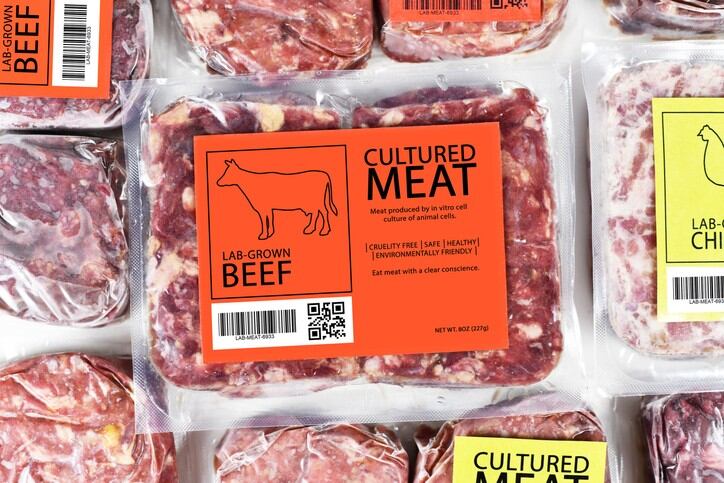According to the inaugural Singapore Food Statistics 2021 by the Singapore Food Agency (SFA), Singapore is currently producing 4% of vegetables, 8% of seafood and 30% of hen shell eggs domestically. It has ambitions to achieve an overall domestic production target of 30% by 2030 (also known as the ‘30 by 30’ target).
Based on these figures, chapter two of the report suggested a two-pronged approach to remedy the situation domestically – optimising the space available for the agri-food industry and providing more funds to boost production capabilities and capacities through R&D and tech adoption.
“Food security is an existential issue for Singapore. Today’s fast-evolving and complex operating landscape have accentuated Singapore’s vulnerability in food safety and security.
“More than 90% of Singapore’s food supply is imported, with only about 1% of Singapore’s land set aside for agricultural use.
“While there is a strong push towards sustainability, unprecedented disruptions and shifts in the global supply chains arising from the COVID-19 pandemic continue to add pressure to the current food supply resilience situation, which is already weathering effects due to climate change,” stated the report.
SFA is a statutory board formed on 1 April 2019 to oversee food safety and security from farm to fork in Singapore.
It released the statistics report to provide comprehensive coverage of the key trends in Singapore’s agri-food sector so that the government, industry and consumers can collaborate to ensure a safe food supply for the metropolis.
SFA is committed to the ‘30 by 30’ goal – to sustainably produce 30% of the nation’s nutritional needs locally by 2030.
This objective is to be achieved through various avenues, such as co-funding support, facilitating long-term investments to increase production and encouraging demand for local produce.
Domestic disturbance
Transient fluctuations were observed for the local production of seafood and vegetables, which decreased by 14% and 6%, respectively, in 2020.
The reason was that the farms adjusted their output due to the COVID-19 pandemic.
However, local farms were important during disruptions. One example was the two-week closure of the Jurong Fishery Port (JFP) in July 2021. At that time, the local fish farms stepped up to keep production going to minimise the impact of the temporary closure.
Seafood in Q1 2019 hovered at 7.3% but increased to 8.0% in Q4 2021 (in terms of local production as a percentage of total food consumption).
For eggs, the local production increased by 7.3% on average year-on-year, strengthening the egg supply from 25.5% in Q1 2019 to 30.4% in Q4.
The city state is also developing its fourth egg farm, with modern technology and environmentally-sustainable practices, to meet half the egg demand by 2024.
From 2019 to 2021, the number of licenced local food farms also increased from 221 to 260, with the value of local production increasing from SGD$166.2m (USD$120.8m) in 2019 to SGD$185.2m (USD$134.6m) in 2021.
However, vegetable farming did not show significant changes. It was 4.5% in Q1 2019 and was recorded as 4.4% in Q4 2021.
Remedies to the maladies
Despite the odds, the SFA highlighted two salient remedies to boost the local food production.
First, the country will optimise the use of the agri-food industry space. Currently, only 1% of Singapore’s land is designated to house food farms. But this land has managed to promote a 17% growth in the number of farms, from 221 in 2019 to 260 in 2021.
“Building the capability and capacity of Singapore’s agri-food industry is a journey.
“The COVID-19 pandemic was an unexpected curveball for the industry, which led to unintended delays in the food industry (e.g. setting up new farms, upgrading existing farms),” the SFA added.
Second, technology and innovation must be adopted to bolster longer-term transformation, given the limited land resources. This can be done with the provision of funding.
A few funding programmes can be utilised, such as the Singapore Food Story R&D Programme, which disburses SGD$144m (USD$104m). Additionally, the Agriculture Productivity Fund (APF) is worth SGD$63m (USD$45m) and was administered from 2014 to 2020.
In April 2021, SFA introduced an SGD$60m (USD$43m) Agri-Food Cluster Transformation Act (ACT) fund to encourage local farms to adopt advanced farming systems, with a higher co-funding of up to 70% for commonly-consumed items.
Overall, more than SGD$50m (USD$36.3m) has been channelled to 132 companies as of 31 Dec 2021.
“There is no food security without food safety. As the national authority for food safety in Singapore, we have in place a regulatory regime that takes a science-based risk management approach and considers joint responsibility in food safety assurance.
“Singapore has no more than 26 foodborne illness cases related to foodborne outbreaks per 100,000 population annually over the previous three years. SFA, together with industry stakeholders and consumers, will continue to work together to build a sustainable and safe food ecosystem for all Singaporeans,” said SFA.




